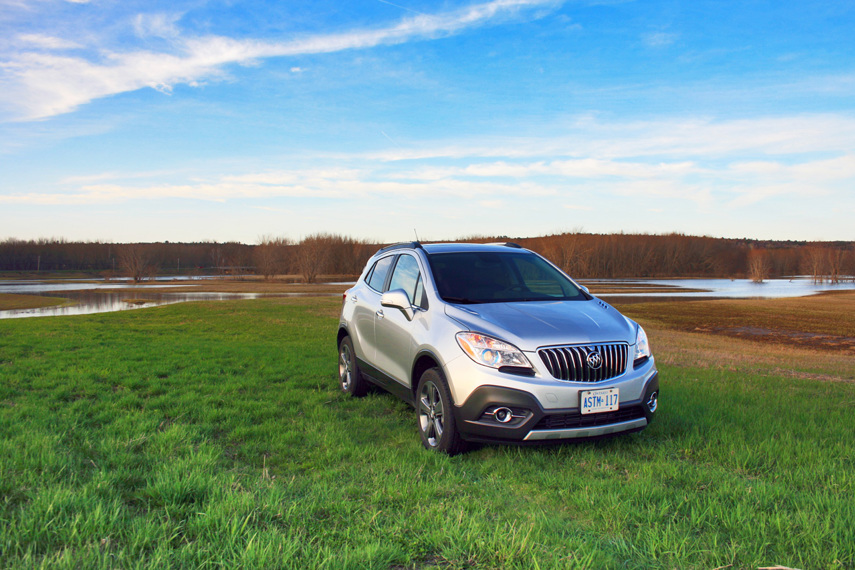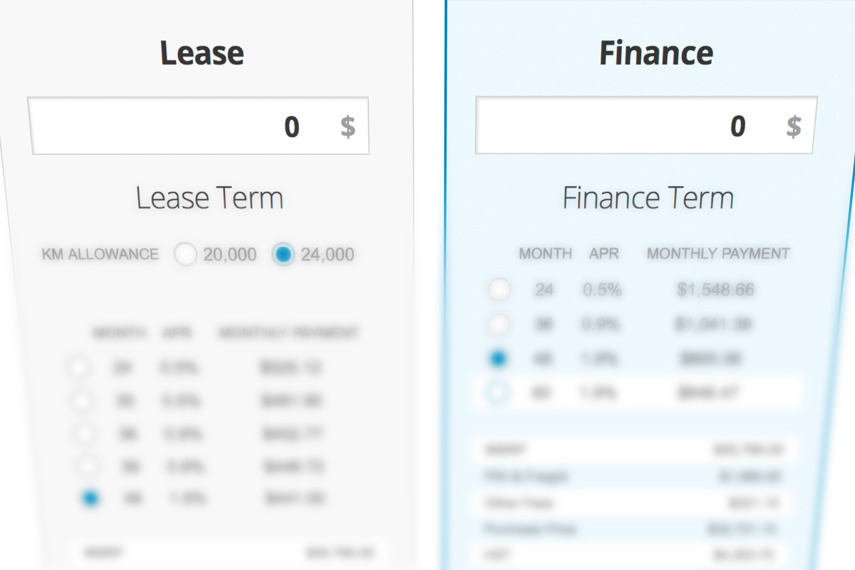Few people have the means to buy a new vehicle outright with their own pocket money. So rather than resorting to a life of crime to make the nut, taking out some kind of loan to afford a new car is the only real option. Loans mean repayment calendars, and being responsible to somebody more than yourself.
So, to lease or finance? While leasing and financing both feature broad similarities – including being able to negotiate everything from monthly payments and down payments to interest rates, etc. – everything else differs greatly.
When financing, you spread the entire cost of the vehicle – including all the taxes, delivery and fees – out over your desired number of months. Generally, the longer the term, the smaller the payments, and interest rates offered are generally lower.
When leasing, the term is usually much shorter – say two to three years – and the company will figure out what it thinks the vehicle will be worth at the end given its condition, equipment, mileage and more, what’s known as ‘residual value’. The amount between the total sale price and the predicted residual value – i.e. the depreciation – is what’s used to calculate the monthly payments. Because the amount of money you’re borrowing is less than when financing, your monthly payments are much lower.
If you are planning on paying for a new vehicle with an option besides cash up front, one question to ask is how long you should stretch out the payments?

Why Lease?
Deciding to lease will depend on a whole lot of factors. If you put on a high number of kilometres every year, you run the risk of going over the mileage limits, and overages for excess mileage can be severe. If you agree to a limit of 12,000 km a year for three years (for a total of 36,000 km over the term) and you return it with 40K, if you’re paying $0.15 per kilometre in penalties. That’s an extra $600 – the same as one or two extra payments – that you’d need on hand when the lease is up.
Same goes for damage over and above what the dealership considers “normal” wear and tear. If your car has scraped wheels and body damage, you’ll be charged to fix or replace them. And some leases require servicing be done at a dealership rather than an independent shop in order to ensure the regularly scheduled maintenance has been done according to the manufacturer’s specification.
On the positive side, because leasing generally offers smaller monthly payments, it means you can ‘afford’ a nicer vehicle for about the same monthly payment. If we use a 2015 Ford Escape SE 1.6 EcoBoost 4WD as an example, its $34,227 net price includes all taxes and fees. Even with no-interest financing over 60 months, the monthly payment is $571. Leasing it over 48 months with 20,000 km annually, the monthly payment is $415. That means you could afford a full-load all-option Titanium version with the more powerful engine and still only pay $556 a month on a lease versus financing.
When your lease is up, you give the car back the dealership and start the whole process again. You are always given the option of buying out the car and either keeping the car or selling it yourself, but most people prefer to restart the cycle with another new vehicle. As such, they never actually own a car, essentially renting it for a predetermined amount of time.
Leasing also benefits owners by falling within the boundaries of the manufacturer’s warranty period, so any nasty surprises will be minimized. And, if you use a leased car for business purposes, there’s a good chance you’d be able to deduct a portion of the payments on your tax returns.
Why Finance?
With financing, the payments will eventually end, leaving you as the full owner with the freedom to do what you want with the car or truck. Given that vehicles are lasting longer than ever – average lifespan of a car is over 10 years in Canada – there’s a good chance of staving off major repairs if regular maintenance is followed.
Financing also gives you more flexibility if a drastic change in your life forces you to break the deal. Generally, leasing companies charge severe penalties for breaking those contracts, some up to a full year’s worth of payments.
Although residual value is factored into the lease contract, depreciation is a factor for financed vehicles as well if you plan to sell it at some point, so bear this in mind when choosing a financing term. Sure, that zero percent offer looks appealing, but they are sometimes restricted to deals split over 72 months or longer. Getting trapped into a six- or seven-year contract could be too much of a burden. The last thing you need is to be upside down on a vehicle – meaning you still owe more in payments than the vehicle is worth – if your life and finances change drastically.
Finally, if you want to do things like modify the vehicle in any way – like a lift-kit on a pickup or different exhaust on a sports car – you’re forbidden to do that under a lease because it will negatively affect the resale value.
Any other costs to consider?
One thing not considered with the potential vehicle upgrade that’s possible with leasing would be the increased insurance costs of owning a newer and more expensive vehicle. It might not be a deal-killer, but don’t let it surprise you.
Another would be the question of reliability vs. desirability. Toyotas and Hondas might be boring appliances, but they last pretty much forever. Fiats and Minis and Audis and Volkswagens might look pretty, but statistics suggest they should be purchased with an expectation that they'll spend time in the shop, especially if kept past their original warranties.
But despite all the advances technologically in how cars are designed and assembled, no model is perfect. And there are exceptions to every rule: Even the most ‘reliable’ car company can produce a lemon, and there are some cars from manufacturers with terrible reputations that rarely give owners trouble.







